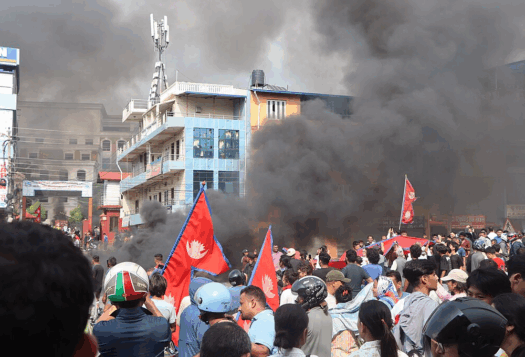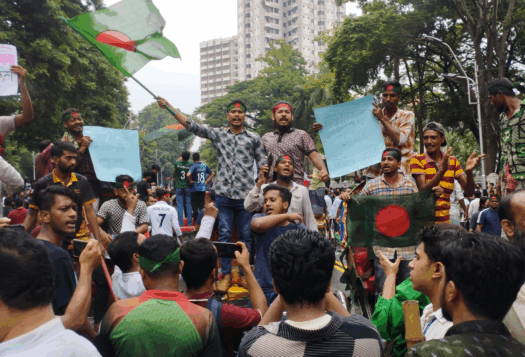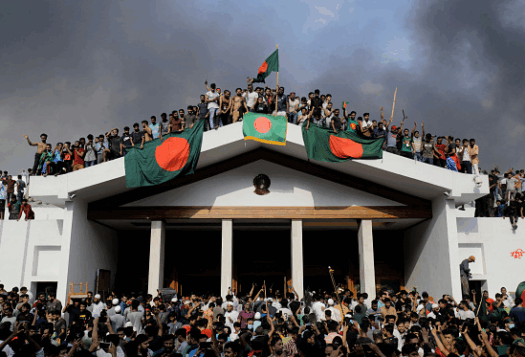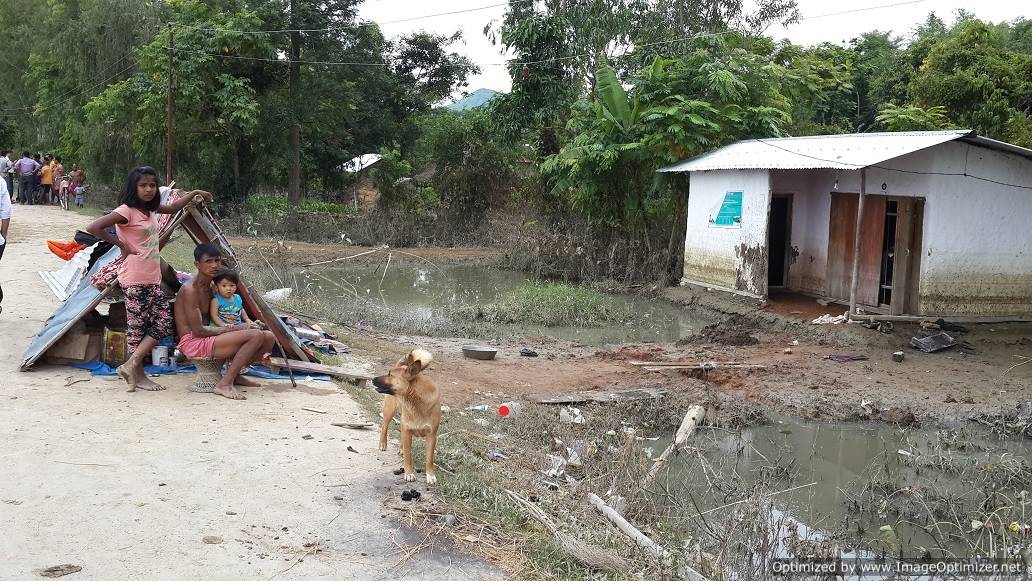
On June 9, 2024, as Prime Minister Narendra Modi and his newly elected Union Council of Ministers took their oaths in New Delhi, violence erupted in Manipur’s Jiribam district. Homes were burned, and many people were displaced. The Manipur conflict, which marked its first anniversary in May 2024, continues unabated. A high-level meeting led by Home Minister Amit Shah on June 17, 2024, highlights the ongoing security crisis in the region.
A Perpetual Turmoil
May 3, 2023, marked a dark day in Manipur’s history when violence erupted between the Meitei and Kuki communities in the Churachandpur district. The conflict began after a peaceful protest march organized by the All Tribal Student Union of Manipur (ATSUM) against the Manipur High Court’s recommendation to recognize the Meitei as a Scheduled Tribe (ST). The violence escalated from burning the Anglo-Kuki War Memorial to destroying homes and killings, displacing about 5,000 people within 48 hours. Within two months, the number of displaced individuals soared to 60,000, the death toll reached 70, and over 1,700 buildings, including homes and religious structures, were reduced to ashes. Social media disinformation and misinformation fueled further violence, including the use of rape as a weapon. Additionally, the looting of about 3,000 arms and ammunition from police stations and state armories exacerbated the conflict.
This incident was a trigger for longstanding tensions between the two communities. Manipur state government policies such as the 2023 Manipur High Court’s consideration of ST status for Meiteis, the “war on drugs” in hill districts including Kuki-majority districts, the imposition of the Inner Line Permit (ILP), state surveys to identify “illegal immigrants,” and eviction drives in Kuki villages under the pretext of encroachment on state forest land, are perceived as anti-Kuki. These policies acted as catalysts for the existing tensions between the two communities under the larger ambit of covert tension between hill and valley people.
Ethnic conflict is not new to the region, which houses over 30 ethnic groups within 22,327 square kilometers, each with competing interests. The Naga-Kuki clash of 1992 displaced about 114,300 people and burned around 600 villages, marking the first major prolonged ethnic conflict in the region. The Meitei-Pangal conflict in 1993 resulted in about 100 casualties and many internal displacements, followed by the Kuki-Paite clash of 1997, which displaced about 22,000 people. These conflicts often spread to areas where the warring ethnicities cohabit, involve barbaric violence with ideological undertones, and see significant involvement from insurgent groups. The ongoing Meitei-Kuki conflict follows a similar pattern, spreading from one district to eight within a year, with brutal killings, beheadings, rapes, house burnings, the propagation of ethnic nationalism and sub-nationalism, and the active role of insurgent groups.
However, what makes the current conflict unusual is that it marks the first major clash between the hill and valley communities; previous conflicts were either between hill ethnic communities or among the valley-inhabited ethnicities of Meiteis and Pangals. Additionally, the civil war in neighboring Myanmar and the influence of social media are exacerbating the conflict. Despite these new dynamics, the root cause remains the same: the politics of dominance and hegemony driven by the material conditions of land and resources. Conflict becomes inevitable whenever any ethnic group attempts to establish hegemony, including the forced assimilation of smaller and neutral groups.
Strategic Oversights and Policy Gaps
As a reactionary measure to the violence of May 3, 2023, New Delhi pushed security personnel including the Army, paramilitary forces, Rapid Action Force, and police forces into the state along with the deployment of helicopters and drones. Former Central Reserve Police Force (CRPF) Director General Kuldiep Singh was appointed as security advisor of the Manipur government. Further, there was an alleged imposition of Article 355 of the Indian Constitution which empowers the Union government to protect the state under any internal and external threat. This imposition is a step away from the imposition of the president’s rule. The state government issued a “shoot at sight” order in case of any extreme violence. To further control the situation, an indefinite curfew in various affected districts and an internet ban was imposed immediately by the state government. On May 29, 2023, Union Home Minister Amit Shah visited the state for three days. He met with Meitei and Kuki groups, resulting in the formation of a unified command, headed by Singh, responsible for restoring security in the region and the subsequent formation of a 51-member peace committee under the leadership of the governor of Manipur. However, both the Meitei and Kuki groups refused to join the peace committee. Further, New Delhi constituted a three-member inquiry commission to probe incidents of violence in June 2023 which received about 11,000 complaints by May 2024.
The violence continued despite the substantial deployment of security forces by both state and central governments.
In August 2023, Shah declared that the situation in Myanmar had added to the ongoing conflict in Manipur and announced that the porous border between Manipur and Myanmar would be fenced and the free movement regime (FMR) would be suspended. However, while the Meiteis supported this, both Kukis and Nagas opposed it. Meanwhile, as the violence continued, both warring groups sought resolution from New Delhi. Demanding a separate autonomous legislative assembly for the Kuki-dominated areas, the Kuki groups asked for president’s rule to contain the violence. On the other hand, Meitei groups demanded the territorial integrity of the state. In January 2024, the valley-based 35 members of the Manipur Legislative Assembly informed New Delhi to either meet their demands or resolve the conflict or they would take “appropriate action.”
Amidst all this violence and chaos in the region, Modi chose not to visit Manipur even once and spoke on the issue in only two instances. The first was in July 2023, after two months of the conflict, when the videos of girls being paraded naked in Manipur surfaced on social media. He spoke a second time on July 3, 2024, after a speech by newly elected member of Parliament Bimol Akoijam went viral on the internet.
The violence continued despite the substantial deployment of security forces by both state and central governments. The outreach efforts by the center and the state failed to bring any immediate peace to the region. Within months, new non-state actors surfaced in the form of extremist and insurgent groups. Even the state police force began to divide based on ethnicity.
As the state and central governments struggled to bring consensus among the two warring groups, the hostility between Meiteis and Kukis further intensified under the nose of government security forces. The over-reliance on security-centric policies, including military interventions, and overlooked people-centric policies has been counterproductive. While the role of security forces in securing people is undeniable, the Manipuri people’s trust in them is fading.
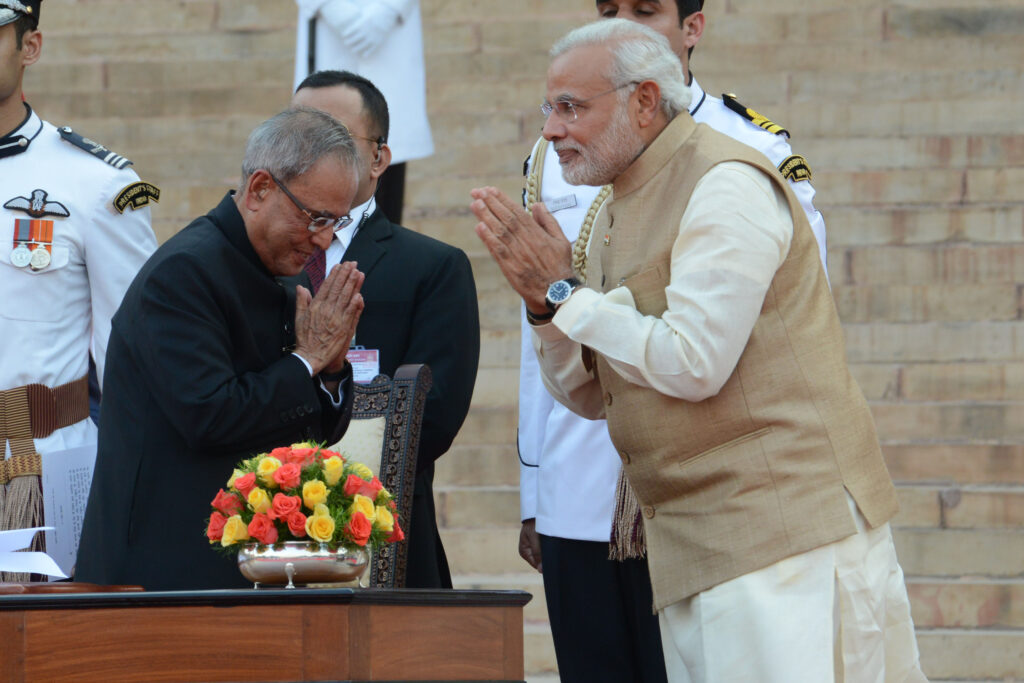
Regional Implications and Challenges
In the absence of any hint of immediate peace, the prolonged conflict, nearing a civil war, is causing a significant and irreversible shift in how the people of Manipur perceive each other and New Delhi. Decades of effort to build trust between the different groups since the ethnic clashes of the 1990s, and confidence-building measures with New Delhi after the rise of insurgent groups in the 1950s, were shattered overnight on May 3, 2023.
Before this crisis, ethnic groups in the region coexisted peacefully despite occasional hiccups. With the ebbing relevance of underground insurgent groups, youths began to eschew violence and aspired to contribute to the nation by integrating themselves into the globalized world. In the absence of any major violence, the region started attracting domestic and international tourists. Further, infrastructure began to improve with the region being physically connected to mainland India via railway.
Tragically, in the post-May 3, 2023 period the harmony between the Meiteis and Kukis has been disturbed by an ever-increasing divide owing to the persistent violence. No one feels safe in areas dominated by the rival ethnic community, resulting in large-scale migration to safer areas, including Assam and Mizoram. Schools and educational institutions remained closed, and with the internet shutdown, online classes were unavailable. Under such circumstances, youths are being compelled to take up arms. The tourism industry has also suffered, with patients from Myanmar stopping medical visits. Retail inflation at 9.7 percent in September 2023 has led to economic insecurity, and unprovoked attacks on farmers and road blockages have caused food security concerns.
Additionally, the conflict has affected mental health, with rising post-traumatic stress disorder (PTSD) cases since the violence began. The government’s inability to address the violence and daily insecurities has fostered a sense of alienation and distrust towards New Delhi. Insurgent groups are gaining popularity as protectors, with dormant groups reactivating and many returning from their bases in unstable Myanmar. If unchecked, these developments can accelerate the radicalization of youth, which is detrimental to India’s national security.
The government’s inability to address the violence and daily insecurities has fostered a sense of alienation and distrust towards New Delhi.
Geopolitically, Manipur holds strategic importance as it shares a border with Myanmar and serves as a gateway to Southeast Asia for India. Also, Manipur is crucial for India’s Act East Policy (AEP), which aims to develop cultural links, trade, tourism, and connectivity with Southeast Asia. The trilateral highway project linking India, Myanmar, and Thailand starts from Moreh in Manipur and ends at Mae Sot in Thailand. Therefore, stability of the region is crucial for India’s foreign policy. With China’s growing power and influence in the conflict-ridden Myanmar, instability in Manipur can benefit China. Additionally, the conflict has also tarnished India’s global image, with organizations and states like Human Rights Watch, the European Union, the United Nations, Genocide Watch, and the United States expressing serious concerns.
Pathways to Peace
New Delhi should prioritize dialogue between the warring communities over military intervention to address the conflict. With state security forces, civil society organizations, and insurgent groups starkly divided by ethnicity, the solution must come from the Meiteis and Kukis, supported by the other ethnic communities in the state. Ashang Kasar, the convener of the Forum for Restoration of Peace (FRPM), in a recent interview by authors, suggests forming a peace committee to mediate between the two groups. This committee should include representatives from all Manipur communities except the Meiteis and Kukis to ensure an objective, inclusive policy with a consensus-based action plan and strategy. Locally, civil society organizations must unite to rebuild trust between the Meiteis and Kukis. The state government should provide financial assistance and security for these efforts. These organizations should also conduct awareness programs to combat misinformation and disinformation and initiate programs to de-radicalize the affected youths.
At the central level, New Delhi must maintain continuous meetings with direct and indirect stakeholders and mediate between the two communities. This requires New Delhi to listen to the concerns and viewpoints of all ethnic communities in Manipur. Financial support should be provided for local trust-building measures and awareness programs led by civil society organizations. To engage youths and prevent them from joining insurgent groups or engaging in illicit activities, New Delhi should explore opportunities for affected individuals, including those displaced, to continue their education and find jobs. This could include exploring opportunities for the affected students to pursue studies in other states with special scholarship funding. Additionally, special relief packages should target affected and displaced people, focusing on women and children. Lastly, to deal with drug trafficking and to prevent the formation of a Golden Triangle around Manipur, regulating the porous India-Myanmar border is essential. While total fencing may not be sustainable, selective fencing, increased manpower, and Integrated Check Posts (ICP) could be helpful.
Editor’s Note: A version of this piece originally appeared on The Diplomat and has been republished with permission from the editors.
Also Read: Myanmar’s Civil War: Security Implications for Bangladesh
***
Image 1: Manipur Streets via Flickr
Image 2: Prime Minister Modi via Flickr
